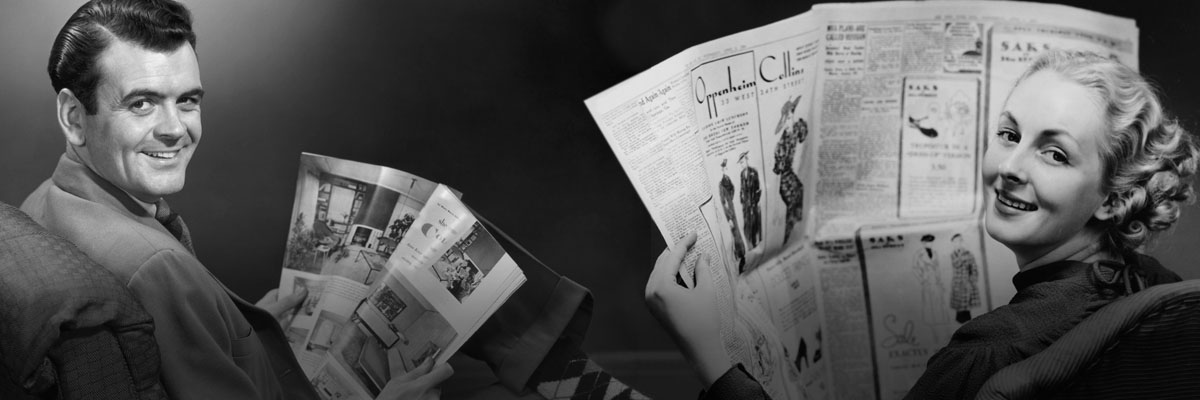The Dressmaker Chase: Bertha Lucas
Euclid Avenue c.1890, looking toward Public Square. Image courtesy of Western Reserve Historical Society.One of the best things about researching vintage fashion is that every once in a while, when a label or designer is shrouded in mystery, it gives me a chance to slip on my gumshoes and follow some clues. The fashion world is full of stories - large and small - but there’s nothing quite like digging a little deeper into the story of a dressmaker that didn’t really make a big splash in the fashion pond.

